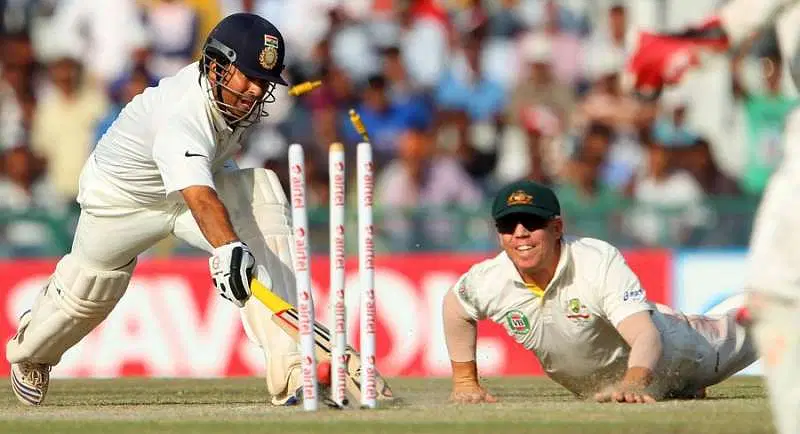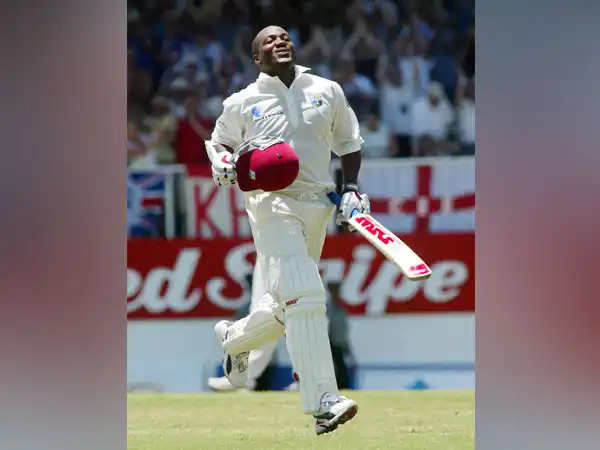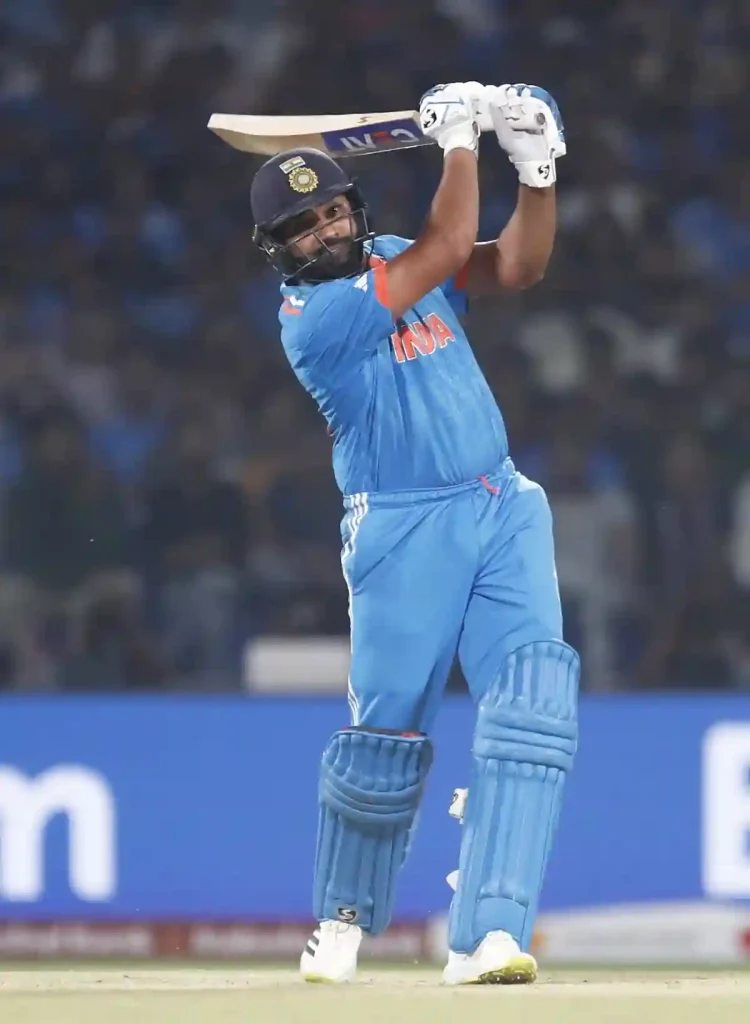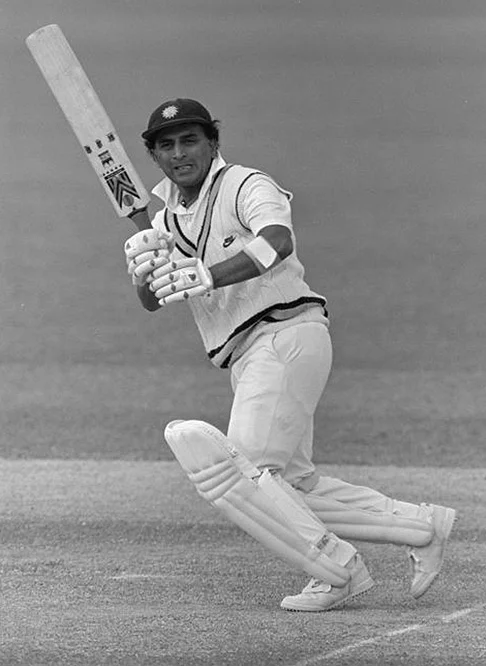Have you ever played a game with friends and had a big argument about whether someone was ‘out’ or ‘safe’? It can be really hard to tell! Now, imagine if you had a special slow-motion camera to check the replay and see exactly what happened. Well, in 1992, the sport of cricket started using this amazing idea.
In cricket, the person who makes the decisions is called an umpire. For a long time, two umpires stood on the field and made all the calls. But then, a new umpire was introduced—one who sat in a room and watched TV replays to help with close decisions. This was the “third umpire.”

So, who was the very first player in history to be given out by this new TV umpire? Let’s find out!
Who Was The First Player To Be Given Out By The Third Umpire?
The first player to ever be given out by a third umpire was the legendary Indian batsman, Sachin Tendulkar. At the time, he was a young superstar who would go on to become one of the greatest players of all time.
This historic moment happened on November 14, 1992, during a big Test match between India and South Africa. The game was being played in a city called Durban, and it was a day that changed cricket history forever.
The Story of That Famous Day
The moment happened in a flash, but it created a story that people still tell today. It involved a fast fielder, a nervous wait, and a brand-new piece of technology.
A Super-Fast Fielder and a Close Call
A young Sachin Tendulkar was batting for India and hit the ball. He started running to score, but South Africa had a fielder named Jonty Rhodes. Jonty was famous for being one of the fastest and sharpest fielders in the world.
Jonty grabbed the ball and threw it at the stumps in the blink of an eye! It happened so quickly that the umpire on the field wasn’t sure if Sachin had made it back to the safe line in time. It was too close to call with just his eyes.
Top 10 Best Wicket Keeper In The World (2025 List)
Calling for Help from the TV Umpire
For the very first time in an international cricket match, the on-field umpire decided to ask for help. He drew a square shape in the air with his hands, making a signal to the third umpire, Karl Liebenberg, who was sitting in a special room with a TV screen.
This TV could show slow-motion replays of the action. Everyone in the stadium and watching at home held their breath. They were all waiting to see how this new system would work.
The Big Decision and a Piece of History
What the TV replay showed would not only decide if Sachin was out but would also prove that technology had a new place in cricket.
Quick Facts About the First Third Umpire Dismissal
| Fact | Detail |
| Player Given Out | Sachin Tendulkar |
| How He Got Out | Run Out |
| Fielder | Jonty Rhodes |
| Opponent Team | South Africa |
| Date | November 14, 1992 |
| Third Umpire | Karl Liebenberg |
What Did the TV Replay Show?
The third umpire, Karl Liebenberg, watched the replay again and again in slow motion. The video showed that Sachin’s bat was just inches away from the safe line when the ball hit the stumps and knocked the bails off. After looking closely, a big red light flashed on the giant screen at the stadium, and the word ‘OUT’ appeared.
Even though it was a sad moment for Sachin and Indian fans, he had become a part of history. The event clearly answered the question of who was the first player to be given out by the third umpire in front of the whole world.
Why Was This Moment So Important?
Before this day, umpires had to make every single decision using only their eyes, which can be very difficult when things happen so fast. This moment proved that technology could help make the game fairer for everyone.
Sachin Tendulkar’s dismissal was the first step toward the modern systems we see today, like the Decision Review System (DRS), where players can even challenge the umpire’s call. So, that run-out was much more than just a dismissal; it was the beginning of a new, high-tech era for the sport of cricket.
So, the next time you watch a cricket match and see an umpire ask for a TV replay, you can remember the story of Sachin Tendulkar. He was the first player to be part of this huge change, and it’s a great reminder of how our favourite sports are always evolving with new ideas.





